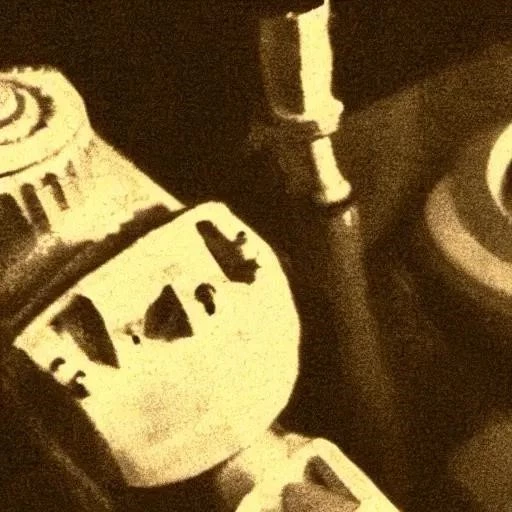For decades, the rhythmic engagement of a clutch and the precise throw of a gear lever defined the driving experience for millions. It was a visceral connection to the machine, a badge of honor for enthusiasts, and a fundamental skill passed down through generations. Yet, as the automotive world accelerates into a future defined by innovation and convenience, the beloved manual transmissions are rapidly fading from the landscape of new cars, leaving behind a wistful echo for some, but opening doors to unprecedented advancements for all.
This dramatic departure isn’t merely a trend; it’s a profound transformation, driven by an intricate tapestry of technological leaps, evolving consumer preferences, and the relentless pursuit of efficiency. Once lauded for their perceived simplicity and engagement, stick shifts are now being systematically replaced by sophisticated automatic systems that promise smoother performance, superior fuel economy, and a driving experience remarkably accessible to a broader audience. Embracing this evolution, manufacturers are investing heavily in advanced automatic and electrified powertrains, reshaping the very essence of what it means to drive in the 21st century.
| The Vanishing Act: Key Trends in Manual Transmissions | |
|---|---|
| Trend Indicator | Details |
| U.S. Market Share (New Cars) |
|
| Primary Drivers of Decline |
|
| Niche Survival |
|
| Reference Link | Car and Driver ⎯ Manual Transmission Take Rates by Brand |
The perceived superiority of manual gearboxes once stemmed from their direct control and mechanical simplicity. However, contemporary automatic transmissions, particularly dual-clutch transmissions (DCTs) and continuously variable transmissions (CVTs), have dramatically closed this gap, often exceeding manuals in performance metrics. By integrating insights from AI-driven algorithms and precision engineering, these systems can execute shifts with blinding speed and unerring accuracy, optimizing power delivery and fuel consumption far more effectively than even the most skilled human driver; This technological renaissance has rendered the manual less a choice for performance and more a matter of pure preference.
Beyond raw performance, the convenience factor undeniably plays a pivotal role in this seismic shift. Navigating congested urban arteries, a common reality for millions of commuters worldwide, transforms from a tiresome clutch-pumping ordeal into a serene, effortless journey with an automatic transmission. Moreover, the relentless global drive for greater fuel efficiency, propelled by stringent environmental regulations and consumer demand for lower running costs, has seen automatics evolve into remarkably frugal powertrains. Automotive engineers, utilizing sophisticated software, now fine-tune gear ratios and shift points with such incredible precision that automatics frequently outperform their manual counterparts in miles per gallon, a significant reversal from historical norms.
Crucially, the proliferation of Advanced Driver-Assistance Systems (ADAS) further accelerates the obsolescence of the manual. Features such as adaptive cruise control, lane-keeping assist, and automatic emergency braking function most seamlessly, and often exclusively, with automatic transmissions. These sophisticated safety nets, becoming standard across an increasing array of vehicles, represent a future where the car actively assists in preventing accidents, thereby enhancing occupant protection significantly. As autonomous driving capabilities slowly but surely emerge, the role of driver input, particularly concerning gear selection, diminishes, cementing the automatic’s indispensable position in the vehicles of tomorrow.
Industry experts unanimously concur with this trajectory. “The manual transmission, once a universal skill, is rapidly transitioning into a specialist’s tool, a purist’s delight, decidedly no longer a mainstream necessity,” observes Dr. Anya Sharma, a leading automotive futurist at Global Auto Insights. “While a few enthusiast brands will continue to offer them for the sheer joy of engagement, the vast majority of drivers prioritize ease, efficiency, and integrated technology. The engineering resources are simply better allocated to perfecting the automatic and developing electric drivetrains.” This doesn’t signal the complete extinction of the stick shift, but rather its graceful retreat into niche markets, much like the rotary engine or pop-up headlights—cherished relics of a bygone era, admired but largely superseded.
While the romantic allure of shifting gears manually will undoubtedly persist for a dedicated few, the automotive industry’s decisive move away from manual transmissions marks a progressive leap forward. It ushers in an era of unprecedented accessibility, enhanced safety, and remarkable efficiency, promising a more refined and less demanding driving experience for the global populace. Far from lamenting a loss, we are instead witnessing the exciting evolution of transportation, where technology empowers every journey, making driving not just easier, but fundamentally better. The road ahead, steered by innovation, promises a future of seamless mobility for everyone.






